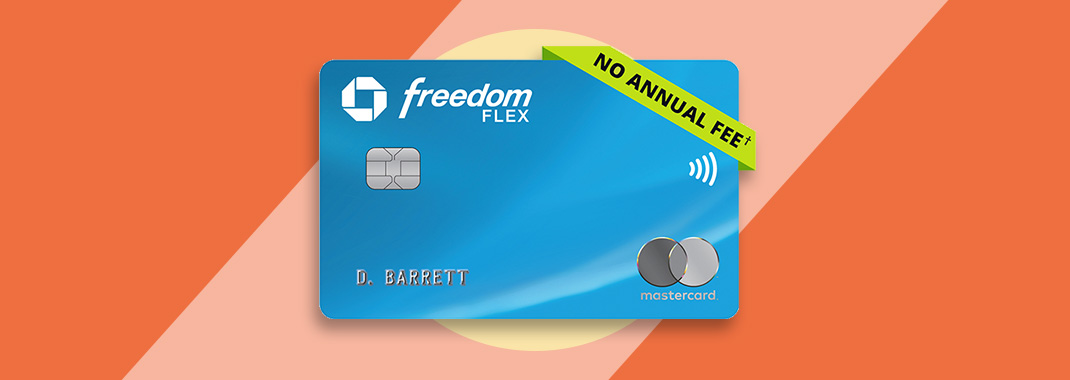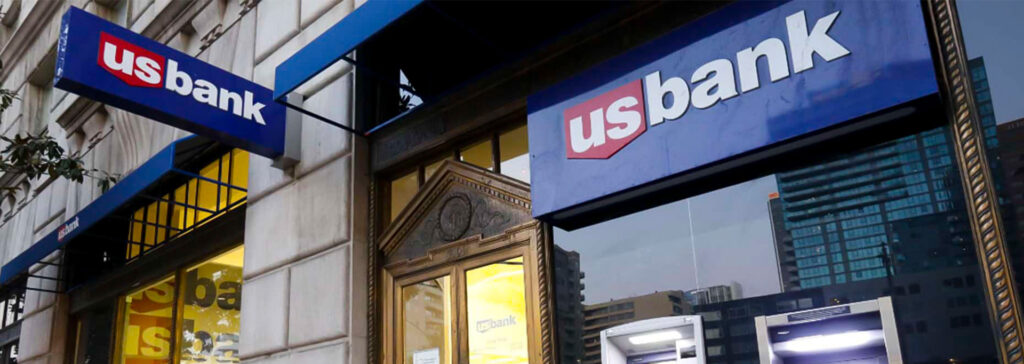Most products on this page are from partners who may compensate us. This may influence which products we write about and where and how they appear on the page. However, opinions expressed here are the author's alone, not those of any bank, credit card issuer, airline or hotel chain. This page may include information about American Express products currently unavailable on Slickdeals. American Express is not a partner of Slickdeals.
Credit card agreements and offers can be full of confusing language that’s difficult to understand. Yet even if the information seems difficult to grasp, it’s important to have a basic knowledge of the common terms that appear in credit card agreements. You especially want to understand any terms about interest rates or fees a card issuer might charge since this information explains how using the account could cost you money.
Below are some details you should look for in the fine print of credit card agreements and offers. You’ll also discover some tips on where to find key information about a credit card’s terms and conditions during your research pr
Where to Find a Credit Card’s Terms and Conditions
Look for key terms like “terms and conditions” or “pricing and terms” that feature a hyperlink you can click for more information. These links may take you to another page with additional fine print and a Schumer box with more details about the credit card. A Schumer box is a standardized table in credit card agreements that gives consumers basic information about a credit card’s interest rates and fees.
Quick Tip
The CFPB maintains a database of credit card agreements. You can use this free tool to search for the terms and conditions of credit card products from hundreds of credit card issuers.
Important Terms in a Credit Card Agreement
Credit card agreements can be lengthy. And while it’s important to read over the complete terms and conditions from a credit card issuer, it’s also helpful to know which terms to pay close attention to as you review the fine print in a credit card agreement.
Below are some of the most important terms you may encounter in the fine print of a credit card agreemen
Annual Percentage Rate for Purchases
A credit card’s annual percentage rate or APR for purchases is the interest rate a card issuer charges if you carry a balance after using your account to make purchases. Some credit card companies refer to the interest rate you pay on this type of balance as the standard APR.
The good news is that you can typically avoid paying interest on your credit card purchases by paying off your full statement balance each month by the due da
Quick Tip
If you pay your credit card before the due date, you might improve your credit score.
APR for Balance Transfers
If you need to consolidate existing credit card balances, a balance transfer credit card might be helpful. But it’s important to review the fine print to find out if the credit card offer you’re considering makes a balance transfer worthwhile.
Most credit cards feature a separate APR for balance transfers versus regular purchases. If you can find (and qualify for) a 0% APR balance transfer promotion, this debt consolidation method could save you money and help you eliminate higher-interest credit card debt faste
Here Are the Best Balance Transfer Cards
Visit the Marketplace
Introductory APR
Some credit cards feature introductory offers like 0% APR on new purchases for a limited time. As mentioned, promotional APRs sometimes apply to balance transfers as well.
If a card issuer extends special introductory interest rates to its customers, it has to spell out the terms and conditions of those offers in the fine print, including details about when the discounted APR will expire. Your best bet is to pay off any balance you’re carrying before the intro APR ends and the standard APR (aka the APR for purchases) kicks in on any remaining balan
APR for Cash Advances
As a general rule, you should avoid using credit cards for cash advances. One glance at the fine print section that details the APR for cash advances will help you understand why cash advances are a bad idea.
The APR for cash advances tends to be significantly higher than the APR for purchases on a credit card account. There's also usually no grace period for interest charges on cash advances and you start incurring interest right away on these balance
Penalty APR
It's important to pay your credit card on time to protect your credit score and avoid late payment fees. Yet there’s another key reason to avoid late payments on your credit card—the penalty APR.
The fine print of a credit card agreement outlines how much a card issuer will charge if a customer triggers the penalty APR on their account. It’s common for this APR to be as high as 29.99%. Plus, if you are 60 days (or more) late on your credit card payment, the penalty APR could apply to your existing balance as well as future purcha
Fees
In addition to the APRs a credit card company may charge you, you will also want to comb through the fine print of a credit card agreement for different fees that could apply to your account.
- Annual fee: Some credit cards feature annual fees, and that’s not necessarily bad as long as a card’s benefits outweigh the expense. But it's important to understand how much an annual fee will cost you up front before you commit to any new account.
- Balance transfer fee: Most credit card issuers charge a fee any time you transfer a balance to your credit card account. Calculate this cost before taking advantage of any balance transfer offer—even a 0% APR balance transfer—to make sure the cost of moving debt to your credit card is worthwhile.
- Cash advance fee: On top of the high APRs that cash advances feature, most credit card companies also charge an additional cash advance fee. This added expense (which you can find in the fine print of your credit card agreement) is another reason why credit card cash advances are generally a bad idea.
- Foreign transaction fee: If you plan to use a credit card outside of the United States, review the fine print to see if a credit card issuer charges a foreign transaction fee. Some card issuers might even impose foreign transaction fees (often around 3%) if you make a charge in the U.S. and it posts as a foreign currency.
- Authorized user fees: In some cases, a credit card issuer may charge you an additional fee to issue credit cards to authorized users on your account. You might have to pay extra annual fees for authorized users' credit cards as we
ll.
Bottom Line
The details above can be a great starting point when you’re reviewing the fine print of a credit card agreement. But it’s also wise to dig deeper and learn about a credit card issuer’s rewards program, redemption options and more. Understanding the terms and conditions of a credit card company’s different products can help you compare the best credit card offers availa



















